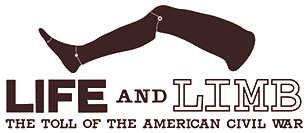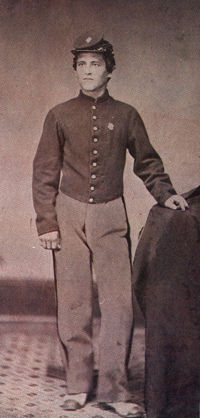
LESSON PLANS
Middle School Lesson Plan 
The U.S. Civil War: Wounded Soldiers, Disabled Veterans is prepared for 5-8 grade classes. In this lesson, students examine several primary sources related to the Civil War, including photos and illustrations. They also use four sections from the Life and Limb: The Toll of the Civil War exhibition to consider causes and effects of the war-time medical practices that shaped the experiences of wounded soldiers, and the changing attitudes toward disabled veterans after the war.
High School Lesson Plan 
The U.S. Civil War: Living With Battlefield Injuries is designed for 9-12 grade classes. The lesson focuses on students’ using primary sources and their transcripts in order to develop deeper understanding of short- and long-term impact of non-fatal Civil War casualties on Americans. Students first explore the Life and Limb exhibition as an introduction on the topic. They closely examine transcripts of several Civil War documents such as excerpts from a soldier’s memoir, Senate Bill 173, poems of that era, and illustrations and photos of soldiers. Afterwards, students work in small groups and create political cartoons that reflect their understanding of the experiences and treatments of wounded and disabled soldiers during and after the war.



